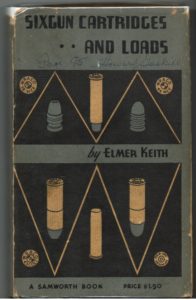Marion Chesney, writer. She was best known for the mysteries she wrote as “M.C. Beaton”.
For the historical record: Christopher Tolkien.
Roger Scruton, English conservative intellectual. I’m not very familiar with his work, but Rod Dreher has written extensively about him.
… it caused me to think long and hard about Europe and its destiny, about Communism and about the human soul, which seems to live on in secret, even when its very existence has been denied as it was denied by Communism. In the Czech lands, I sensed the presence all around me of a dark, impersonal force, a controlling and all-observing eye whose goal was to plant suspicion and fear in the heart of every human relationship.
You could trace this force to no specific person, to no office or authority. It was just there, an invisible wall between all who sought to escape.
I had no name for this dark force, other than ‘It’ – a kind of negation of humanity. From behind the first stirrings of friendship or love, It lay in wait to reduce the flame to ashes. Always, when I stepped on the plane home, I felt I was escaping the grip of this alien force, and returning to a place where fear, suspicion and denunciation had no power over ordinary human decency.

